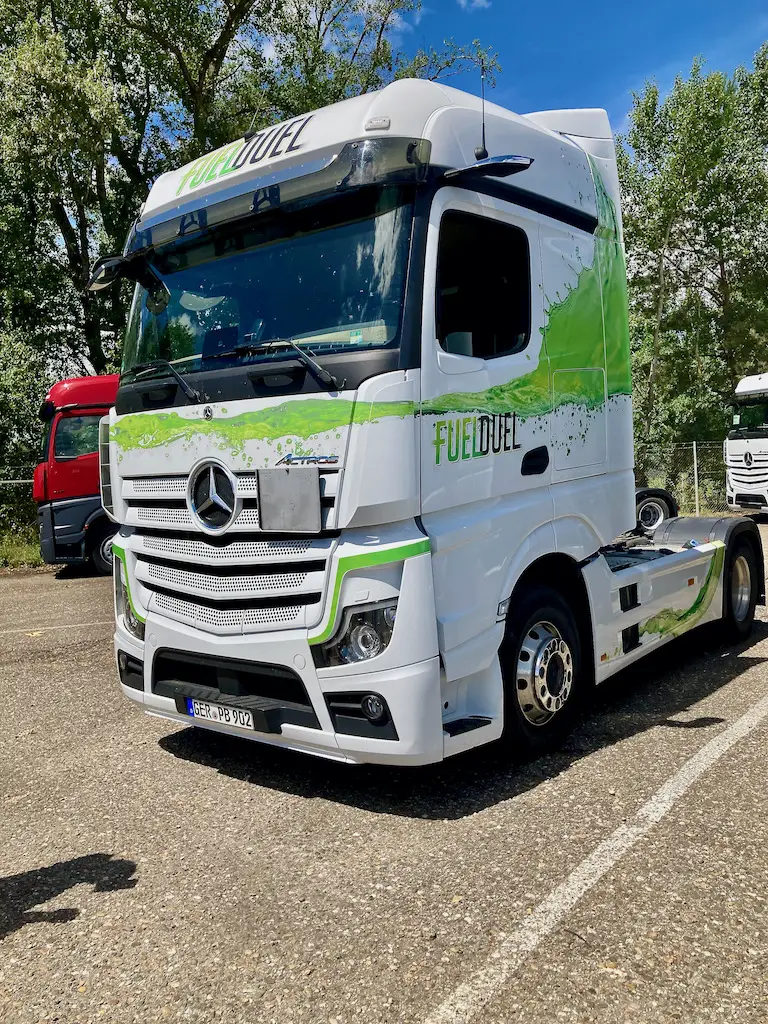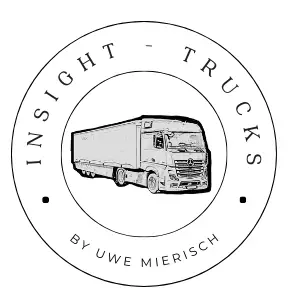

Reducing fuel and energy consumption saves money and protects the environment.
But how does it work exactly?
I explain in my blog how fuel and energy consumption in trucks
- emerges,
- can be measured
- and can be lowered.
Allow me to share with you the wealth of knowledge I’ve acquired during my 30 years of experience in commercial vehicle development, as well as the knowledge I continue to gain.
I trust that you will find the information I provide to be both informative and thought-provoking, and that you will be able to apply and expand upon it as needed. I aim to present everything in a clear and easy-to-understand manner.
If you have any general inquiries or wish to discuss your individual situation, please don’t hesitate to reach out to me. I will do my best to assist you.
My story

It’s been a long time since I studied automotive engineering. But there is one thing I will never forget.
I had a lecturer who would often say,
“I’m going to show you the scientific approach you have to use in the exam, and then I’ll show you how to do it easily in practice.”
For some reason, this has never let me go. I’ve always looked for a way to simplify complicated issues and solve them pragmatically. But for that, you have to understand “how it works”.
This lecturer at that time was an “old” engineer with many years of professional experience. Therefore, he knew these tricks and was able to share them with us.
After graduation, I worked as a fleet and workshop manager in a hospital fleet. I don’t recall us being concerned with fuel economy back then. When the tank was empty, you drove to the gas station. Quite simple.
Today, I sometimes think back to those days and get annoyed at how much money we gave away, even though fuel was cheaper back then.
The topic of “fuel consumption” reached me about 25 years ago when I was involved in the development of axles and axle drives for trucks.
You will read here, in my blog, many articles dealing with topics from that time. The efficiency of axles and transmissions, as well as finding the right gear ratio.
In the 7 years as head of chassis development, I was allowed to deal with the engine periphery, among many other problems. Engine cooling, air intake, exhaust gas after-treatment, and an intensive exchange with colleagues from engine and transmission development taught me a lot. The focus here was on the power requirements of auxiliary units, aerodynamic drag, and engine efficiency, as well as powertrain control.
I still find the influence of tires and axle geometry on rolling resistance particularly interesting. Believe me, there’s a lot you can do wrong!
For the next 7 years, I had responsibility for the entire vehicle development and was able to help, keep the complete vehicle portfolio at the top level in all aspects of fuel consumption.
The Fuel Duel truck, pictured above, dates from this time.
7 years is somehow a magic number in my career.
In the last time, until today, the transformation to zero-emission powertrains is now on the agenda. I myself am excited to see how we will master this together.
The challenge is huge, and it will take some time before we get it done. Until then, let’s save as much diesel as we can.
So let’s get on with it!
Comments and Questions Welcome
Would you like to be notified when a new article appears?
Do you have a general or specific question?
Do you have a request about which topic I should write about?
Do you want me to send you one of my free files?
Please write me in the form!
